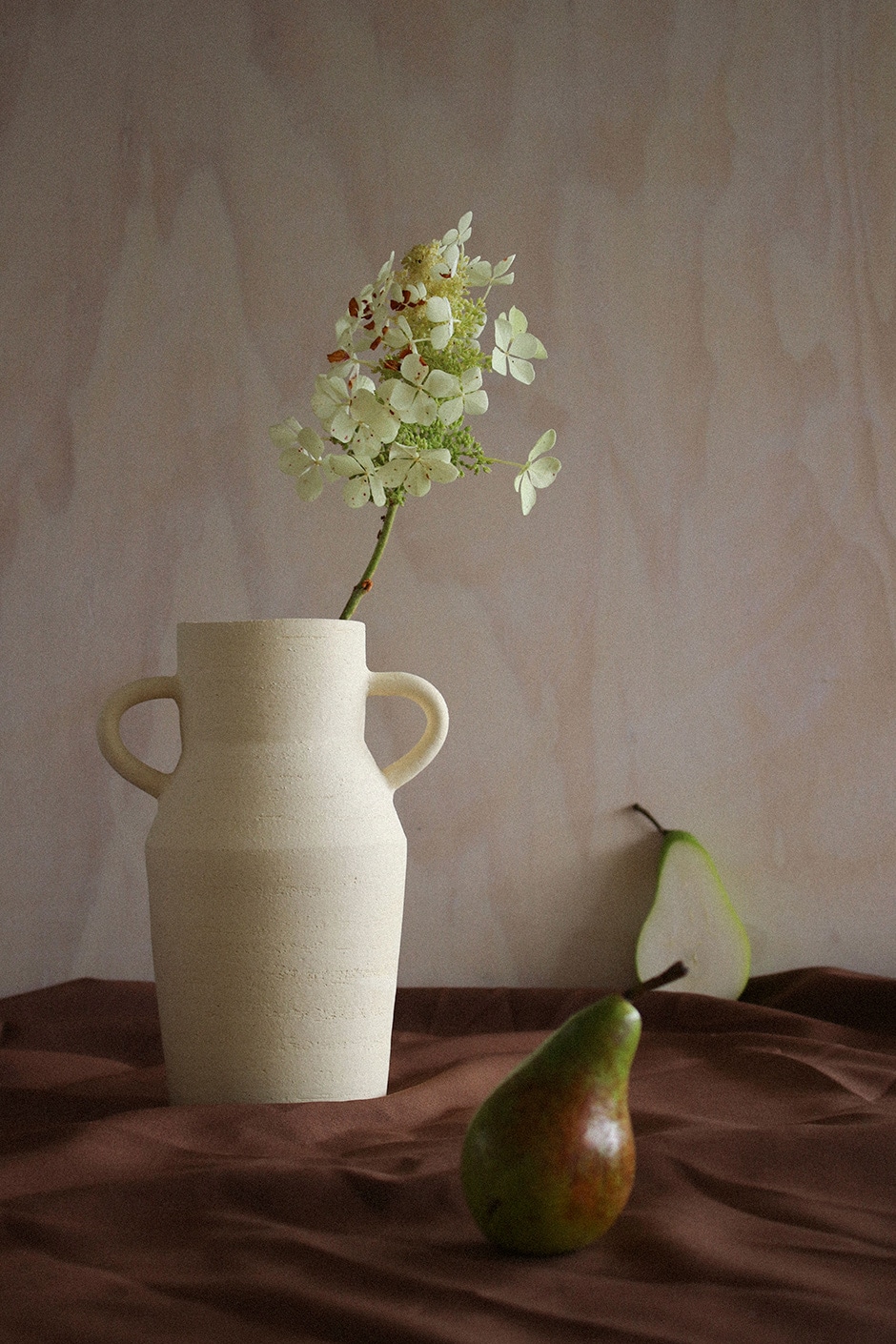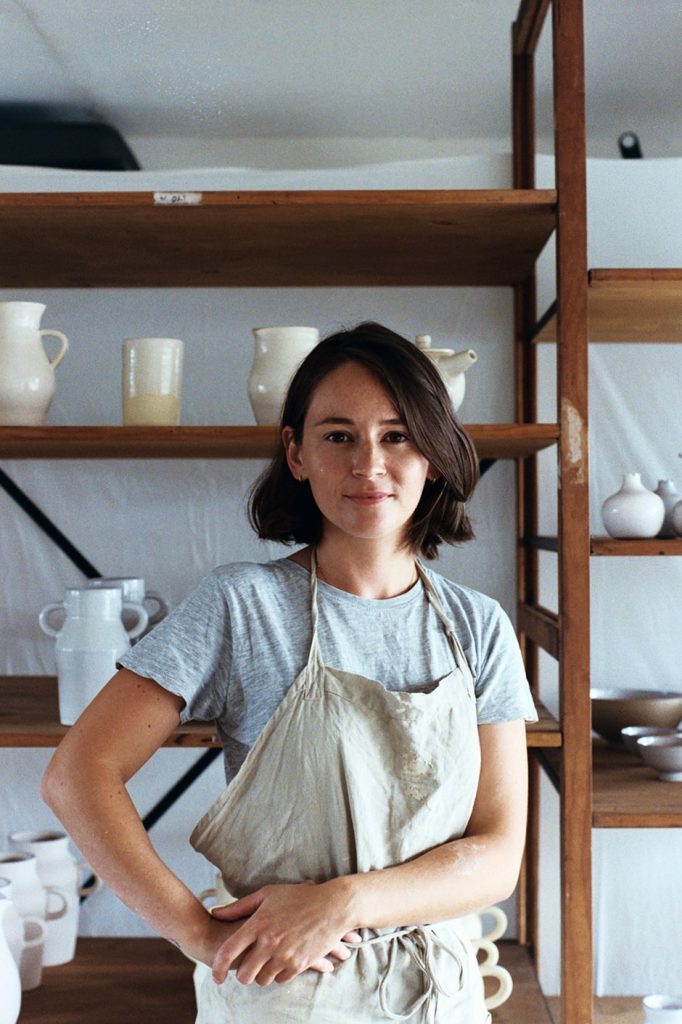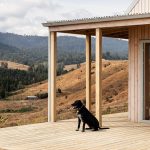She’s making both a new life for herself and pieces out of clay.
Ceramicist Larissa Goodwin and her artist/web developer husband James Wylie spent a decade living in a small inner-city Auckland apartment, but a two-year stint in rural Japan made them realise the lifestyle they really wanted, so they moved south to James’s hometown, Matamata. They’re slowly settling in and cultivating a quieter life — although, ironically, Larissa says now she’s working for herself, she’s never been busier.

Larissa, was ceramics something you knew you wanted to pursue when studying visual arts at AUT and post-grad at Elam School of Fine Arts, or have you adopted the practice since? Ceramics was always on the periphery, but I was too intimidated by the process and equipment to fully commit to it. In 2019, I decided to take a night class, then Auckland potter Kirsten Dryburgh advertised for an intern, so I threw myself into both, learning as much as I could and committing to pottery as my career.
It’s happened very quickly for me, but I’ve fitted a lot into the past year. I previously put a lot of pressure on myself to find a career and perfect it; ceramics allows time to cultivate a practice — it’s a lifelong commitment.

What excites you about clay as a medium? Clay allows us to see the maker in the piece — the human touch is visible. It’s a versatile medium with so many possibilities, but to make something functional that someone will pick up and hold is very humbling.
Stoneware is my choice of clay for now. It’s strong and durable — I can push it to the limit more than temperamental clays like porcelain.
What production methods do you use? I predominantly use the wheel to make my functional pieces. It enables me to make things fairly quickly. I’m a bit impatient, so I like to see the outcome of an idea as soon as I can. I adorn a lot of my pieces with hand-built handles, which is when I slow down and finesse my work.
Often I’ll make a piece before drawing a sketch, working directly with the clay on the wheel. Then I’ll take measurements and notes so I can repeat the form again. I’m really enjoying repetition. I’ve created a body of work that’s complementary and I’m sure will evolve over time. I’m trying to give myself more time each week just to play and experiment with new ideas.
What are your most indispensable tools of the trade? You don’t necessarily need expensive tools to form a cup or bowl — just get stuck in and start making. Although, having said that, what really kicked off production for me was the investment in a wheel and kiln. I got most of my equipment secondhand and I have a lovely electrician who’s been helping me along the way.

How would you describe your aesthetic? I enjoy simple lines and forms — classic shapes that are timeless and adaptable. I’ve chosen a limited palette with other materials in mind, such as wood tones and soft furnishings. My pieces are functional items that fit into homes of different eras and styles.
My vases are my take on the classical amphora, but they have a playful naivety about them. I gave each one an Italian name as we’d just come back from a long-anticipated trip to Europe when I made them. They’re a lighthearted expression of the many beautiful shapes and forms we experienced while we were there.
A lot of the pottery I admire is different from my own, such as the delicate work of Britain’s Lucie Rie, or the rough, stone-like yunomi from Japan. It’s wonderful to engage with these histories and it naturally feeds into my process.

Do you have a routine that prepares you for your creative practice? James and I usually start the day walking our dog, Georgie, a sweet Staffy-cross who keeps me company in the studio. While we wander, we talk through our plans, which really helps me to prioritise all the tasks that need to be done, and talk through particular problems. It sets me on the right track.
When you’re not making, what do you like to do to unwind? A lot of our downtime is spent with friends visiting from the city; we cook, garden and chat. Having the space to accommodate guests is so important to James and I.
Matamata has plenty of small-town charm, bakeries, pubs — and five op shops! It has a pastoral beauty to it — there’s a reason it was chosen to be Hobbiton. There are some great walks in the area, too, to get you back into some native trees: the Blue Spring walk just outside of Putaruru is beautiful, and if you’d like something more challenging, Wairere Falls in the Kaimai Ranges is a great track. Matamata is super central as well; we’re not far from Mt Maunganui, so it’s nice to be able to pop over to the beach.
goodwinceramics.co.nz
Interview Alice Lines
Photography Ophelia King



